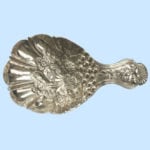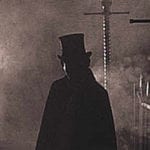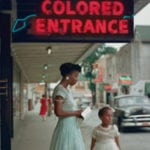 History
History  History
History  Movies and TV
Movies and TV 10 Directors Who Made the Same Film Twice
 Gaming
Gaming 10 Strangest Video Game Tie-Ins for Famous Musicians
 Creepy
Creepy 10 Creepy Rituals Hidden in Ancient Burials
 The Arts
The Arts The 10 Most Pioneering Yet Polarizing Premieres in Classical Music
 Travel
Travel 10 Countries Where You Can Live in Luxury for Cheap
 Crime
Crime 10 Cases of Mothers Slain by Their Own Children on Mother’s Day
 Humans
Humans 10 Extremely Simple Concepts That Completely Changed the World
 History
History 10 Times People Swore the Apocalypse Was Just Around the Corner
 Weird Stuff
Weird Stuff 10 Strangest Objects People Have “Fallen” On
 History
History The 10 Weirdest Wars in History
 Movies and TV
Movies and TV 10 Directors Who Made the Same Film Twice
 Gaming
Gaming 10 Strangest Video Game Tie-Ins for Famous Musicians
Who's Behind Listverse?

Jamie Frater
Head Editor
Jamie founded Listverse due to an insatiable desire to share fascinating, obscure, and bizarre facts. He has been a guest speaker on numerous national radio and television stations and is a five time published author.
More About Us Creepy
Creepy 10 Creepy Rituals Hidden in Ancient Burials
 The Arts
The Arts The 10 Most Pioneering Yet Polarizing Premieres in Classical Music
 Travel
Travel 10 Countries Where You Can Live in Luxury for Cheap
 Crime
Crime 10 Cases of Mothers Slain by Their Own Children on Mother’s Day
 Humans
Humans 10 Extremely Simple Concepts That Completely Changed the World
 History
History 10 Times People Swore the Apocalypse Was Just Around the Corner
 Weird Stuff
Weird Stuff 10 Strangest Objects People Have “Fallen” On
10 Fascinating Facts About Prostitution in the Victorian Era
While history books and romantic novels from England’s Victorian Era depict people as being very uptight, there were actually more brothels than there were schools. It is estimated that roughly 80,000 women were working as prostitutes in London alone, which reveals how sex-obsessed the culture truly was.
Prostitutes were called “fallen women,” because they were seen as an example of what fine, upstanding women in society should never become. However, prostitution was legal and even encouraged in many circles because it was believed that men needed an outlet for the sexual desires that they were forced to repress in their daily lives. It also allowed many women opportunities to earn wages that they could have never have earned otherwise.
10 Prostitution Was the Highest-Paying Job for a Woman
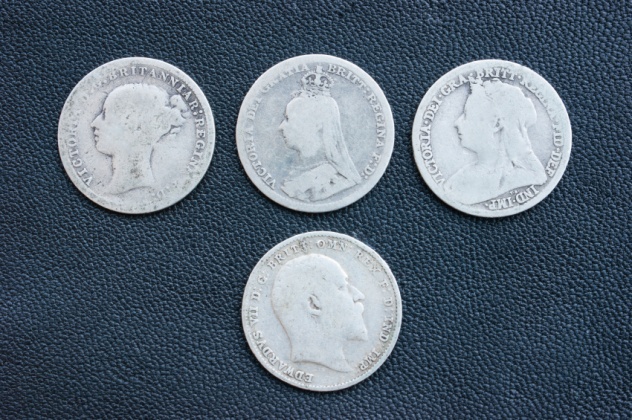
During the Victorian era, the only career options for women were low-paying professions, and many had dangerous working conditions. There were street vendors (who assisted their husbands with their businesses), factory workers, and shop girls. If a woman was very lucky, she could be a household servant in the estate of a lord or lady.
Even educated women who learned high-level skills at business colleges, like typing and shorthand, only made an average of £25 per year. That still wasn’t enough money for women to support themselves or their children without the aid of a husband.
Prostitution was the one and only job where a woman could have shorter work hours and earn high wages in cash without depending on a husband to support her. If she was exceptionally beautiful, she could earn enough to achieve total financial independence. If a lower-class woman could afford nice clothes and the finer things in life, it most likely meant that she was a prostitute.
9 There Were Three Levels of Prostitutes

While all prostitutes had to do similar work, there were three levels that a woman could fall into. The lowest class were young women who worked in brothels. They were forced to sleep with whichever men the madame assigned to them and often lived in dirty living conditions.
The middle-class prostitutes were independent women who had their own apartments as well as streetwalkers. They could pick and choose their own clients. This meant that no madame or pimp was taking a huge chunk of their profits. However, being an independent prostitute meant that a woman wouldn’t have the protection of the brothel community or on-site medical examiners.
The highest class of prostitutes were women who were beautiful and educated enough to only work for only high-class clients, namely aristocrats or members of parliament. Some worked exclusively for one man. Many of these courtesans ended up marrying their benefactors.
8 Married Women Sold Themselves on the Side

Since many of the lower-class jobs simply didn’t pay enough to support a large family, it was common for the wives of street vendors to offer their sexual services on the side while they helped their husbands run the family business.
Husbands were completely fine with allowing other men to sleep with their wives. In fact, 50 percent of street vendors’ wives were reported to moonlight as prostitutes. In some instances, the wife happily worked as a prostitute since it was a way for her to earn income. In other instances, the husband was acting as a pimp, using his wife as his property, lending her out as he pleased.
Many single working women (seamstresses, shop girls, and servants) also worked as casual prostitutes to supplement their low incomes. However, if it was discovered that a woman had lost her virginity before marriage, it meant that she was “fallen” and doomed to continue living a life of prostitution.
7 Child Prostitution Was Legal

During the Victorian era, the age of consent was only 13 years old. Child labor still existed at the time. Many lower-class people saw their children as commodities because they could bring income into the family. Boys and girls as young as 11 or 12 could pass as 13 year olds and had no choice but to enter the trade if their parents sold them into it.
W.T. Stead, who has been called the very first investigative journalist, published “The Maiden Tribute of Modern Babylon” in Pall Mall Magazine. During his investigation, Stead took it upon himself to prove how easy it was to purchase the virginity of a 13-year-old girl. For a mere £5, Stead purchased someone’s daughter, whom he called “Lily.” This covered the cost of a medical examination to ensure that she was a virgin, and a cut also went to the brothel owner. Since she was still a child, Lily’s parents, who were alcoholics, were the ones who took the money she earned as a prostitute.
After confirming that she was a virgin, the medical examiner recommended that Stead drug her with chloroform so she would be unconscious and not put up a struggle while he raped her. The public was horrified when they read Stead’s articles, and his work led to the Criminal Law Amendment Act of 1885, which made the age of consent 16 years old.
W.T. Stead is seen as a hero for fighting for the rights of women, and he was nominated with a Nobel Peace Prize. He died on the Titanic in 1912. Today, the Stead Memorial Fund continues to fight against sex trafficking.
6 Themed Brothels

Like today, men of Victorian England had varying desires. However, they generally couldn’t express what they wanted sexually in the confines of marriage. Proper women were not encouraged to be sexual at all and reserved sex for having children.
There were various brothels dedicated to different themes: Traditional, S&M, cross-dressing, gay brothels, and others were willing to fulfill kinky fantasies. For whatever reason, spanking was a very popular theme in pornography, and there were entire brothels dedicated to it. Flagellation brothels were places one could go to be whipped by either women or men.
Sadly, some brothels catered to pedophiles by specializing in young girls and virgins. Since there was a very real fear of venereal disease, some men only wanted to deflower virgins because there was a guarantee that they wouldn’t catch anything. Only wealthy men could afford to deflower a virgin; soldiers or another working- to middle-class men typically didn’t have this option.
5 Prostitutes Were Educated

In the 1800s, many women actually did receive a formal education. After receiving tutoring from governesses, high-class women were sent to finishing schools, which taught them social skills, etiquette, and “accomplishments” like drawing, playing the piano, and dancing, which would make them attractive for marriage. However, they were rarely taught any skills that could actually earn a living.
The majority of working-class women couldn’t read or write. Henry Mayhew wrote that while only 5 percent of low-class prostitutes could read or write, it was common for them to eagerly ask men to read newspapers to them so they could stay up-to-date on current events. Higher-class prostitutes learned to read and write.
Many women in the higher classes weren’t educated in politics or current events since they were expected to be the “angel of the home.” This gave prostitutes an advantage in terms of becoming more cultured and knowledgeable of the world around them.
4 Victorian Sex Guides
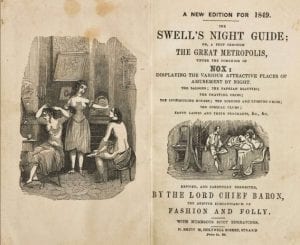
Men of wealthy Victorian society could look through “sporting” guides, which were very similar to shopping catalogues. These books detailed prostitutes’ ages, physical descriptions, personality type, and their cost, usually £2–£3 or £5 for a virgin. This way, a man could decide ahead of time between the various women he wished to have sex with. Of course, those without wealth were left to find a companion using other means.
In Victorian England, one of the most famous guides was The Swell’s Night Guide Through the Metropolis. In 2018 an extremely rare first edition of this guide was unearthed. It provides an eye-opening insight into prostitution in Victorian London. The salacious book describes the call girls and all the clubs, pubs, bars, and theatres they could be found working in. It rates individual women, describing one, Miss Allen, as a “perfect English beauty” and another, Mrs. Smith as a “very agreeable woman” with “pouting lips.”
The historic book, written by The Hon F L G in 1841, went to auction and was expected to sell for between £800–£1,200. However, the guide went for an astonishing £4000.
3 Charles Dickens Tried to Save Fallen Women
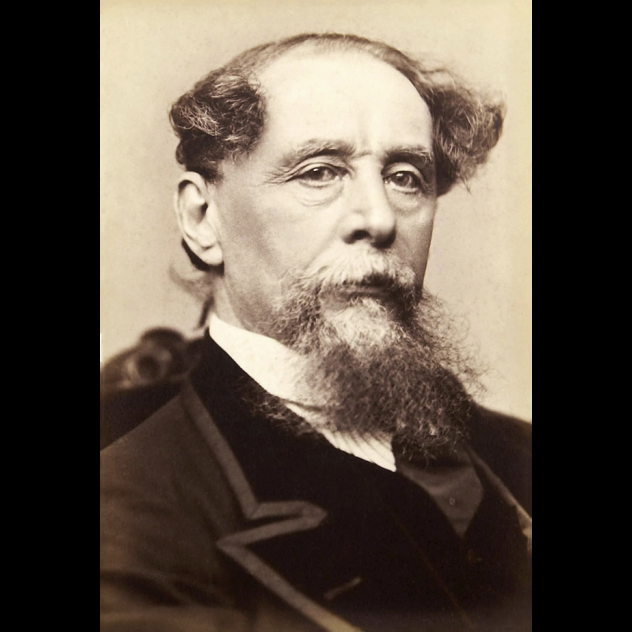
In 1847, Charles Dickens, together with a millionaire heiress and philanthropist named Angela Georgina Burdett-Coutts, decided to pay for the establishment of Urania Cottage. It was a place where prostitutes, former prisoners, and women from workhouses had the option to escape their often dangerous, tragic lives. Urania Cottage aimed to teach these women other skills that they could use to transition to other jobs.
Dickens wrote a pamphlet titled An Appeal to Fallen Women, encouraging young ladies to go to Urania Cottage for a fresh start. While he was doing a public service in helping these women, it was also part of his writing process. He interviewed many of them, hearing their life stories. Dickens would then use their stories to inspire his fiction. In David Copperfield and Oliver Twist, he created characters that could be classified as “fallen women” and depicted them as victims of circumstance rather than evil manipulators. His writing helped Victorian audiences sympathize with these women on a human level.
2 Forced Medical Examinations
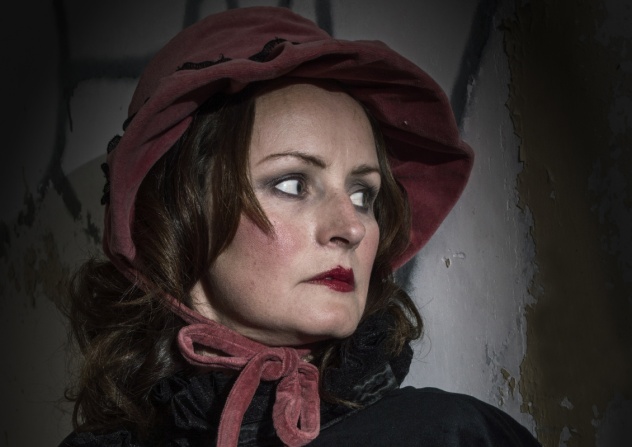
Some of the most frequent customers at brothels were young men in the military. Venereal disease was so common in the 1800s that it killed just as many military men as war. It also left many able-bodied men unfit for battle.
In 1864, to prevent the spread of disease, The Contagious Diseases Act was passed. In towns situated near naval bases, any woman (even if she wasn’t a prostitute) suspected of carrying a sexually transmitted infection was forced to undergo a medical examination. If a woman resisted, she would be strapped down to a table. If it were discovered that she was infected, she would be forced into hospitalization for up to three months.
While the risk of contracting venereal diseases was high for prostitutes, they were actually much healthier than average working-class women because they did not have to endure grueling 14-hour workdays in factories.
1 Reformatories
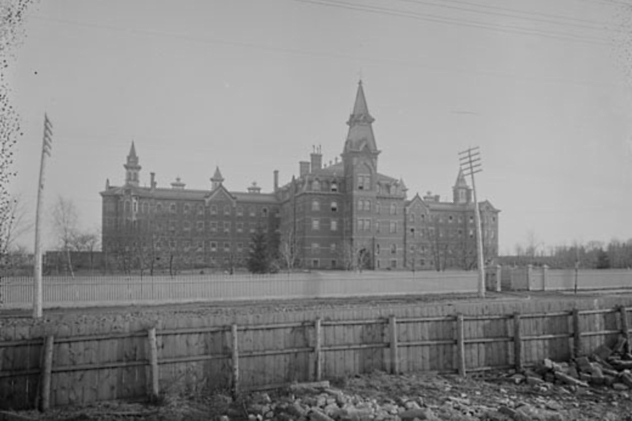
Although prostitution was legal, many ladies of the night were arrested for crimes like public drunkenness or gathering in the streets. Those behaviors were considered illegal under the Town Police Clauses Act of 1847. Many of those small crimes resulted in a year in prison.
There were also places called reformatories, which aimed to rehabilitate fallen women. Religious groups often ran these. The attitude of the people who ran the reformatories was that prostitutes acted out on their own selfish desires.
In many ways, living in a reformatory was worse than jail. They required women to stay for a minimum of two years to ensure they were “cured.” Women were also required to show a deep sense of self-hatred for their evil actions and a desire for forgiveness from God for their sins to qualify for housing. Reformatories required women to wake up at 5:00 am, pray four times per day, attend religious services twice a day, work hard labor, and be locked in their bedrooms by 8:00 pm.
Shannon Quinn is a writer and entrepreneur in the Philadelphia Area. You can see her other work at shannquinn.wordpress.com.
